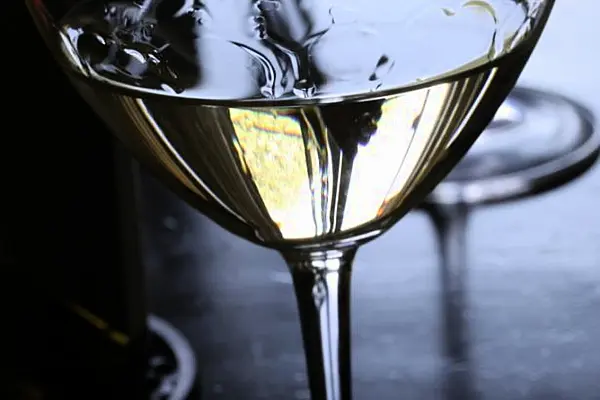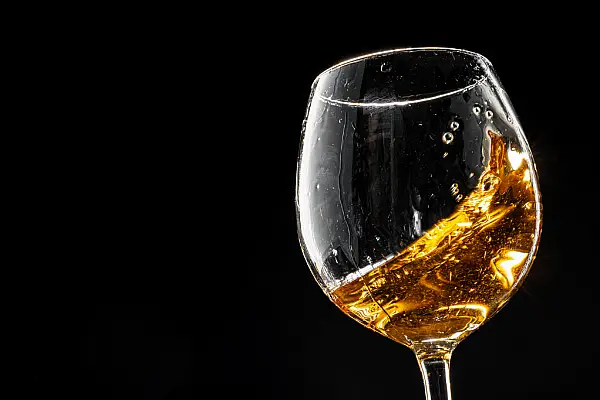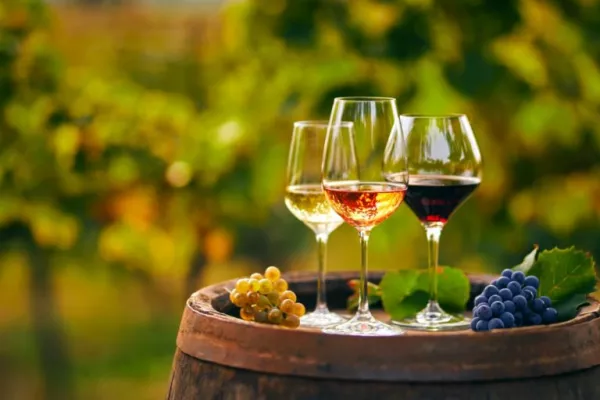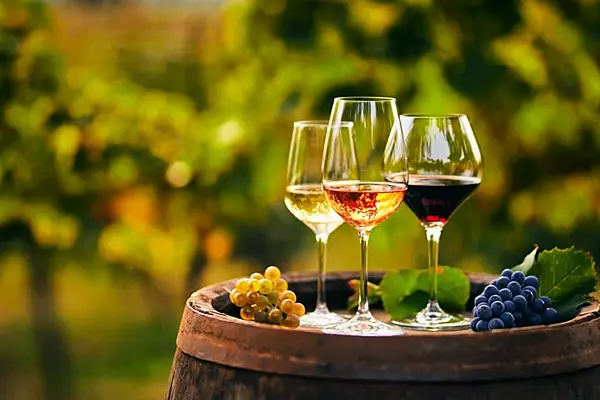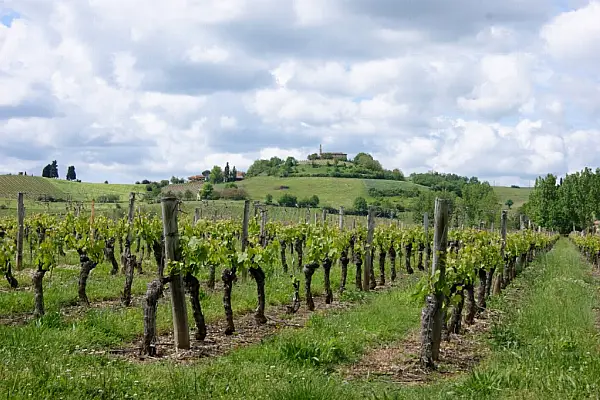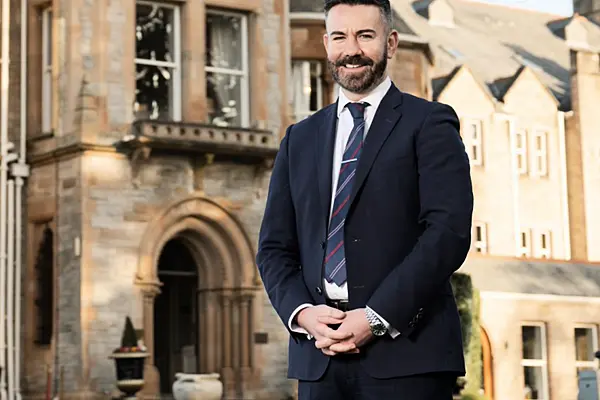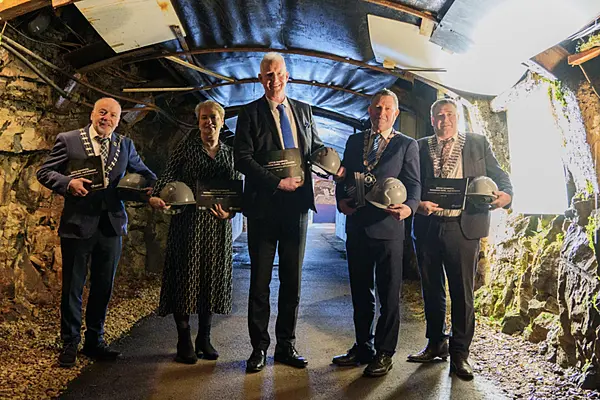The Bordeaux 2016 vintage is looking good after a prolonged growing season and harvest, with sunny days and cool nights during the final weeks compensating for a wet June, according to the head of Berry Bros. & Rudd and producers in the region.
A vintage that four months ago looked like it might be a washout now has the potential to at least match the 2015 harvest in quality, Berry Chief Executive Officer Dan Jago said. Growers in Margaux and Saint Julien said the wines look promising after a highly unusual growing season, though cautioned it’s still early to judge quality or make comparisons with other vintages.
Jago’s assessment, drawing on a report by Berry’s Buying Director and Bordeaux Buyer Max Lalondrelle following his visit to the vineyards, comes as prices for top wines from the region rebounded this year from a 40 percent slump since peaking in 2011. That drop came just before a run of difficult vintages and as Chinese buyers pulled back from the market. Improved wines from the 2015 harvest and more attractive prices in the secondary market have helped demand recover.
“The ’16s are looking really exciting,” Jago said in an interview at the wine merchant’s London office. “The quality of the fruit that’s coming in was so good, such purity, such cleanliness on the fruit. This autumn’s been one of the longest ripening autumns in northern Europe for years.”
Lalondrelle wrote in his report published on Berry’s blog that hot summer weather allowed vines to catch up from a delayed cycle marked by flowering and mildew problems. August heat caused some burning of grapes on younger vines and on plants in sandy soils, but this was largely confined to grapes outside of the top tier.
Mildew reduced yields in some vineyards but won’t affect the quality of remaining grapes. There were also problems with rot-inducing grape worms, although again largely sparing top vineyards, Lalondrelle said.
“2016 was a complicated year,” according to Philippe Blanc, manager at Chateau Beychevelle in Saint Julien. “It was a catastrophe” until June 23, when the wet spring finished and 16 weeks of unusually dry, sunny weather kicked in, he said. “We had a very good harvest, very high quality.”
At Chateau Rauzan-Segla in Margaux, the harvest lasted almost four weeks, several days longer than usual. Old vines were picked before younger ones, the reverse of normal practice, as the estate team reported younger plants were more affected by summer heat.
As elsewhere in the Medoc, Rauzan-Segla experienced some problems with mildew during the spring, while unusually there was no rainfall at all at the estate after July 5 for almost 10 weeks, paving the way for a better quality harvest than had appeared likely in June.
In London, Berry’s Jago said the apparent quality of the 2016 vintage would help market sentiment, which had already improved following last year’s Bordeaux sales campaign.
“Our 2015 vintage sales were fantastic,” Jago said. “Most of our customers buy to drink. There’s a really significant demand for the right wine.”
While the volume harvested this year should ensure there’s plenty of wine to meet demand, for U.K.-based clients the hurdle in buying the 2016 vintage may be the pound’s 14 percent drop since the country voted in June to leave the European Union.
“Because of the scale of the vintage, there’s no reason why pricing should be any higher than it was in ’15,” Jago said. “But then you’ve got exchange rate, and exchange rate is going to be a really considerable factor for us.”
